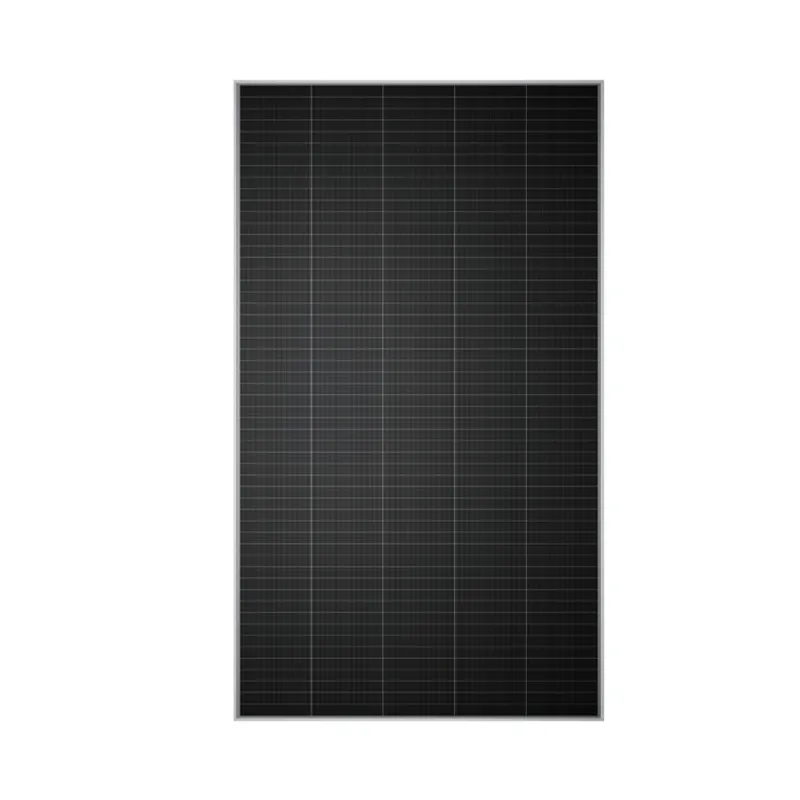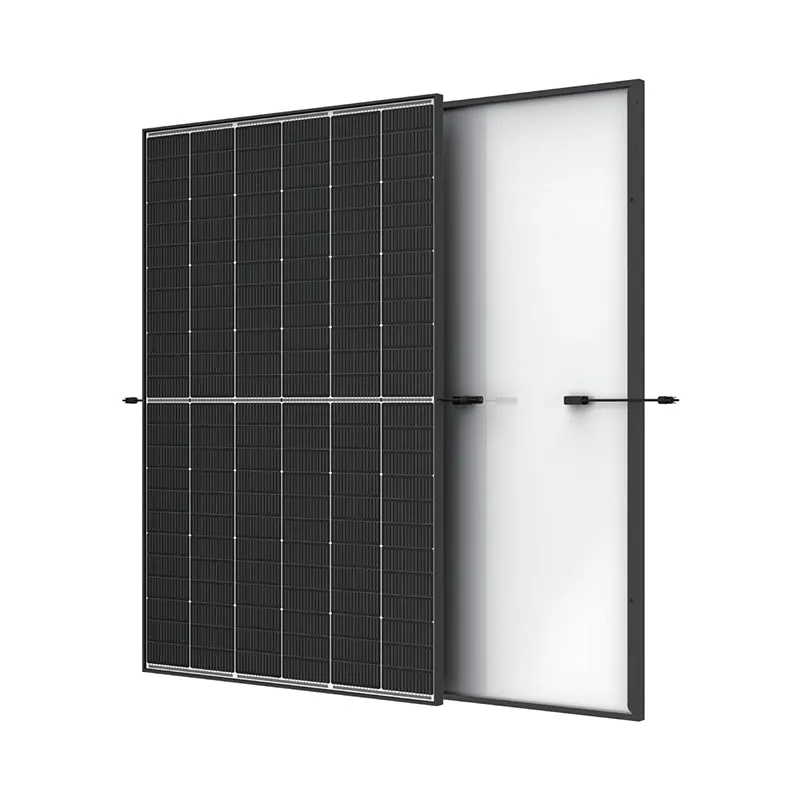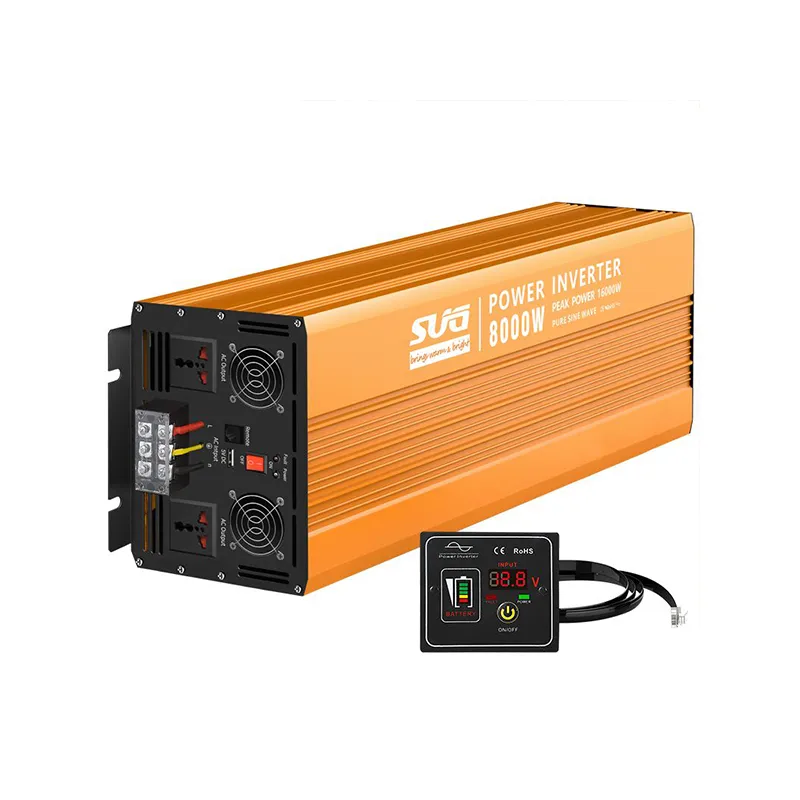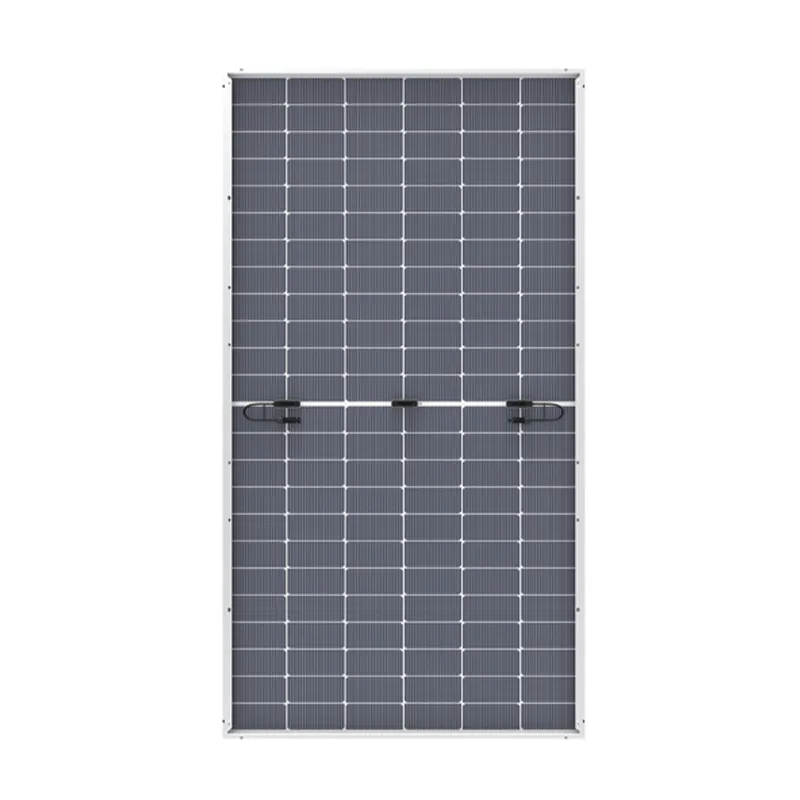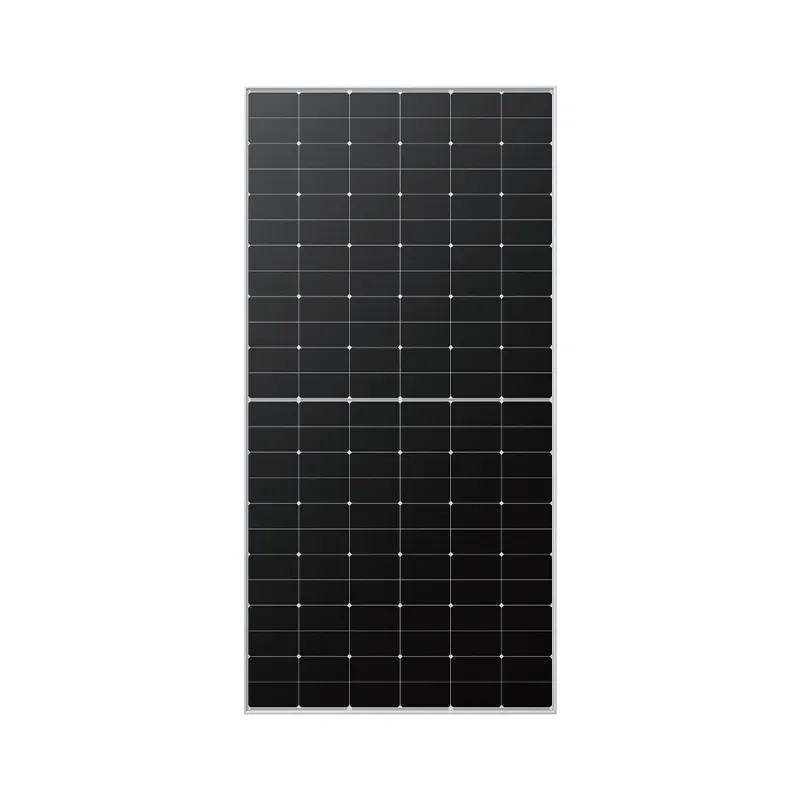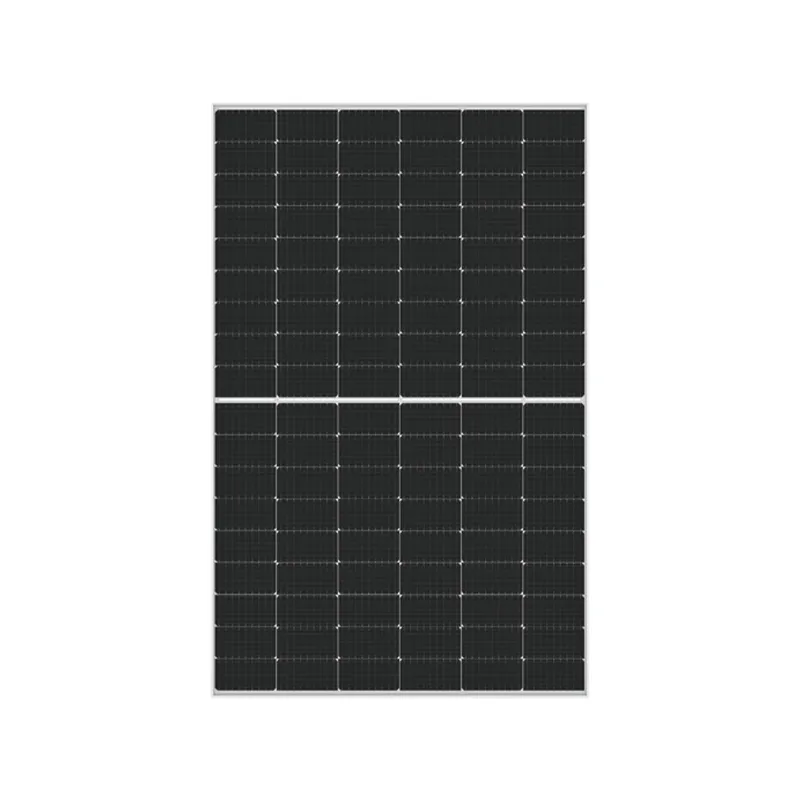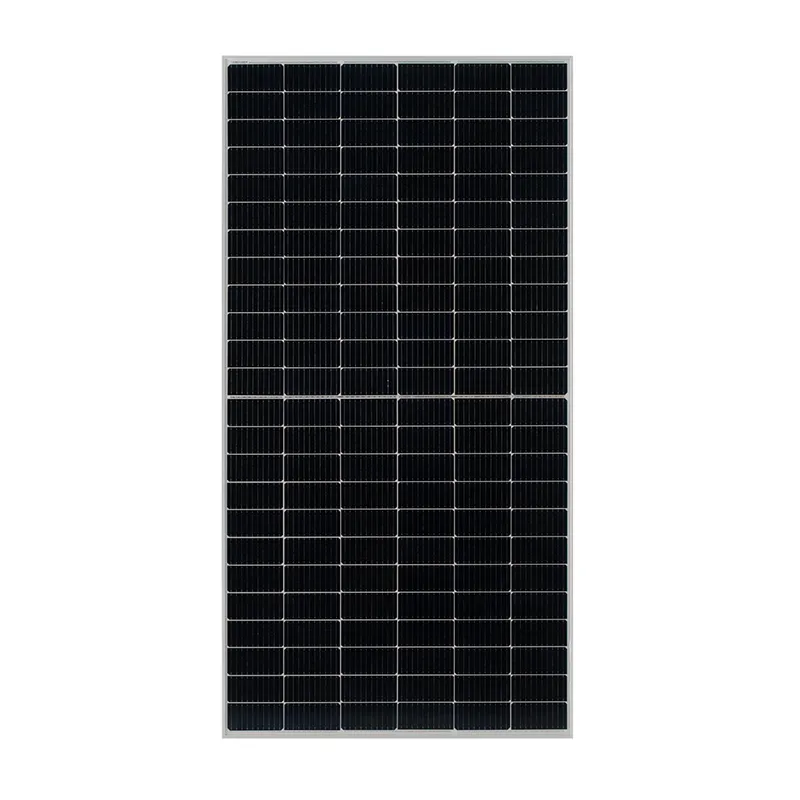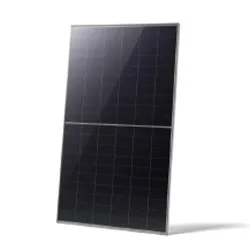Trina 425-450W Dual Glass Solar Panel: High Power & Durable Solution
Manufacturer Information
Manufactured by HeBei Benjiu New Energy Technology Co.,Ltd.
Official Website: www.benjiusolar.com
The solar energy industry has experienced transformative growth over the past decade, with high-efficiency modules becoming increasingly critical for maximizing energy yield. In this landscape, the Trina 425-450W Dual Glass Monocrystalline Module Solar Panel stands out as an exceptional solution combining cutting-edge technology with proven reliability. This comprehensive analysis examines its technical specifications, performance advantages, and applications in modern solar installations.
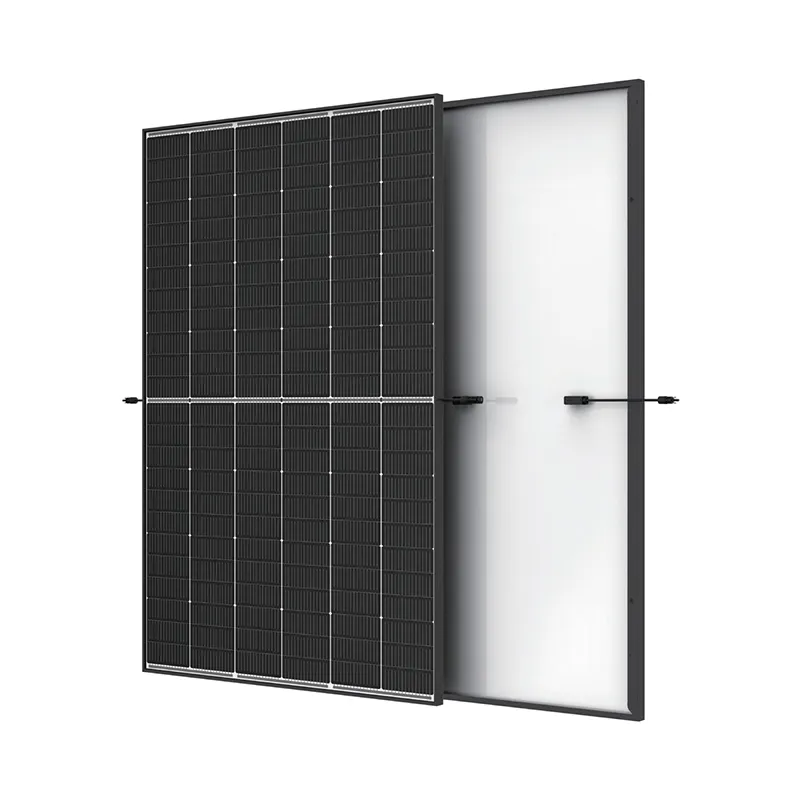
Technical Specifications Overview
Engineered for maximum efficiency and durability, the Trina 425-450W Dual Glass Monocrystalline Module Solar Panel represents a significant advancement in photovoltaic technology. Its dual-glass construction and monocrystalline architecture deliver superior performance metrics compared to conventional panels.
| Specification | Value | Advantage |
|---|---|---|
| Power Output | 425W - 450W | Higher energy density |
| Cell Type | Monocrystalline | Superior efficiency and temperature performance |
| Module Efficiency | 20.4% - 21.2% | More power per square meter |
| Temperature Coefficient | -0.35%/°C (Pmax) | Better performance in high-temperature environments |
| Maximum System Voltage | 1500V (IEC) | Reduced balance of system costs |
| Frame | Anodized aluminum alloy | Enhanced corrosion resistance |
| Glass Configuration | 3.2mm tempered glass (front & back) | Improved mechanical strength and durability |
| Fire Rating | Class A (IEC 61730) | Suitable for high-risk fire zones |
| Warranty | 12 years product, 25 years performance | Long-term reliability and value protection |
Performance Analysis and Industry Position
The Trina 425-450W Dual Glass Monocrystalline Module Solar Panel outperforms conventional modules in multiple critical parameters. Independent testing by PHOTON Laboratory confirms 2.7% higher annual yield compared to standard glass-backsheet modules due to its dual-glass configuration and advanced cell technology.
Technical Advantages Explained
Dual-Glass Technology
The front and rear glass construction provides several significant advantages beyond conventional panels:
- Enhanced mechanical strength with 5400Pa snow load and 4000Pa wind load capacity
- Zero water vapor transmission, preventing potential-induced degradation (PID)
- Improved resistance against environmental corrosion and abrasion
- UV stability maintaining optical transmission above 95% after 25 years
Advanced Cell Architecture
Using high-purity monocrystalline silicon cells with multi-busbar technology (9BB), these modules achieve:
- Reduced resistive losses with 26% lower series resistance
- Enhanced low-light performance with start-up voltage as low as 12V
- Improved reliability with half-cut cell design reducing hotspot risk
- Higher power tolerance (+5W) ensuring consistent system performance
Industry Applications
The Trina 425-450W Dual Glass Monocrystalline Module Solar Panel excels across diverse applications:
- Utility-Scale Installations: High power density reduces land usage costs by approximately 8-12% per MW installed
- Commercial Rooftops: Dual-glass construction provides exceptional fire safety ratings (Class A) crucial for commercial buildings
- Floating Solar: IP68 rated junction boxes and corrosion-resistant frame ideal for aquatic installations
- High-Snow Regions: Increased mechanical strength withstands heavy snow loads up to 5400Pa
- Agricultural Applications: Excellent light transmission supports agrivoltaic implementations
Technical FAQ: Trina 425-450W Dual Glass Module
Industry Validation & References
The performance metrics of the Trina 425-450W Dual Glass Monocrystalline Module Solar Panel are substantiated by independent testing and research:
- "Dual-glass photovoltaic modules: Quantitative analysis for techno-economic augmentation" - Solar Energy Materials and Solar Cells, Volume 230 (2021) [Read Study]
- PHOTON Laboratory Annual Yield Test Report 2022 showing 2.9% higher kWh/kWp compared to conventional modules [View Report]
- DNV GL validation of PID resistance after 192 hours testing at 85°C/85% humidity [Certification Details]
- Fraunhofer ISE study confirming bifacial gain potentials exceeding 30% under optimal conditions [Research Paper]
Market Position and Competitive Analysis
In the premium high-power module segment, the Trina 425-450W Dual Glass Monocrystalline Module Solar Panel offers a compelling balance of efficiency, reliability, and value. Current benchmarking shows:
- 6.8% higher power density than average PERC modules
- Levelized Cost of Energy (LCOE) reduction of $0.004/kWh over 30-year lifecycle
- ROI improvement of approximately 2.7 years in commercial applications
-
String Solar Inverter: The High-Efficiency Solution for Smart Solar EnergyNewsJul.14,2025
-
Revolutionizing Rooftop Energy with the Power of the Micro Solar InverterNewsJul.14,2025
-
Power Independence with Smart Off Grid Solar Inverter SolutionsNewsJul.14,2025
-
On Grid Solar Inverter: Powering the Future with Smart Grid IntegrationNewsJul.14,2025
-
Monocrystalline Solar Panels: High-Efficiency Power for the Future of Clean EnergyNewsJul.14,2025
-
Bifacial Solar Panel: A Smarter Investment for Next-Generation Energy SystemsNewsJul.14,2025
